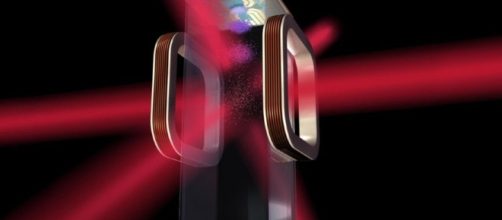If everything goes as per plans, then the International Space Station will soon host the coldest spot in the whole universe. A Group of researchers at NASA are planning to send a box into the space that will eventually house the coldest place. The project is expected to go on floors in August 2017.
Project designed by the Think Tanks in the Cold Atom Laboratory
The box devised by the team of researchers will be sent to the Jet Propulsion Laboratory's Cold Atom Laboratory. In the box, there will be a vacuum chamber, lasers, and an electromagnetic knife.
The lasers will work together with the other equipment in the box to slow down the movement of the gas particles until they become motionless, and this will finally create an environment which is less than one billionth of a degree above absolute zero. Scientists believe temperature is just a measurement of how fast the atoms and molecules move in a particular set of the atmosphere. This temperature is expected to be more than 100 times colder than the far reaches of the Universe.
Aiming to unlock some deep Universe secrets
Researchers in NASA believe that if the Cold Atom Laboratory experiment becomes a success, then it will help to unlock some of the deepest mysteries hidden in the Universe.
Robert Thompson, a senior project scientist at the Space Research Centre, said that research on these hyper cold atoms would give a better understanding of the fundamental nature of gravity and the behavior of matter in various conditions.
#NASA attempts to create coldest spot in the Universe. With lasers of course. #physics #quantum https://t.co/siayOjWRVY pic.twitter.com/vMbPNC3SCI
— Cara Santa Maria (@CaraSantaMaria) March 12, 2017
Robert also believes that experiments done in the Cold Atom Laboratory will also give them the insight to the possible dark energy which prevails in the Universe. Earlier, scientists have conducted many experiments to create such a cold space on Earth, but due to gravity, all their efforts went in vain.
As ISS is a unique area which is in perpetual freefall, scientists believe that it is possible to preserve these particles for more than 10 seconds. They also hope that the upcoming versions of Cold Atom Laboratory will be able to hold on these particles for hundreds of seconds.

